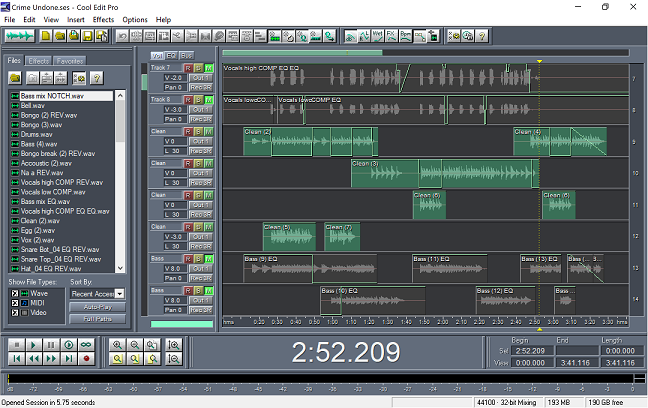

Roughly speaking, this method worked for The Beatles. If, however, you are determined to do this, you can get away with four microphones. This creates a more even dispersion of sound throughout the room, but they aren’t necessary for home studio recording, especially if your home studio is small and your budget is tight. Diffusers are nice, but expensiveĭiffusers prevent absorptive materials from sucking all the life out of your recording, because they scatter reflections off of flat surfaces that vary in height. Some budget alternatives to purchasing acoustic panels are to encase your microphone with a foam shield or something made of soft material (like a blanket fort), or to prop your mattress up against the wall. Placing foam on flat surfaces can minimally reduce unwanted echos in your room. Wall panels absorb unwanted echoes in the mid and high frequencies If you don’t want to invest in bass traps, a similar but lesser effect can be produced by placing soft pillows in the corners of your room. Be cautious though: cheap bass traps may very well be made from the same foam as your beloved family room couch. Again, this won’t transform the structure of your building or room, but it will do a bit to absorb bass frequencies. If you’re going to invest in one specialized piece of room treatment equipment, it should be a porous bass trap. If you’re going to buy anything, get bass traps As you continue to treat your room, you can use this clapping test again until the room resonances sound more like what you desire. Once you’ve selected the room you’re going to record in, try clapping loudly several times from various spots within the room and assess if the sound produced is more of a harsh ringing or a nice reverb. The easiest way to reduce unwanted noise is to record in a room as far away from windows, and to turn off all fans and air conditioners. Record in a room in the middle of your house

At the very least, just tent a blanket over your head when recording vocals. It’s best to record in a carpeted room with soft furniture and as few flat surfaces as possible hard, flat surfaces are what produce unwanted echoes.

If you’re not willing to spend any money on acoustic treatment, that’s fine. Fortunately, you don’t need to buy expensive equipment to mitigate these unwanted effects.


 0 kommentar(er)
0 kommentar(er)
